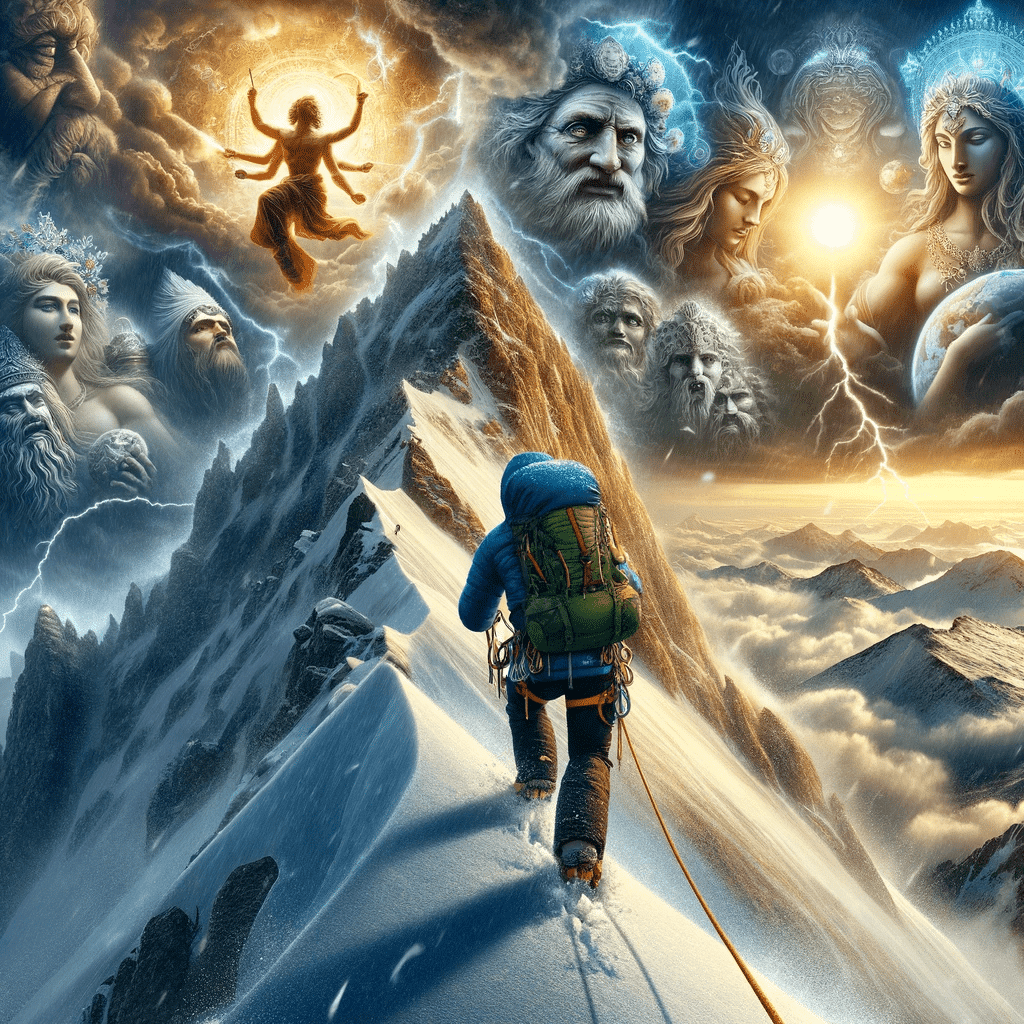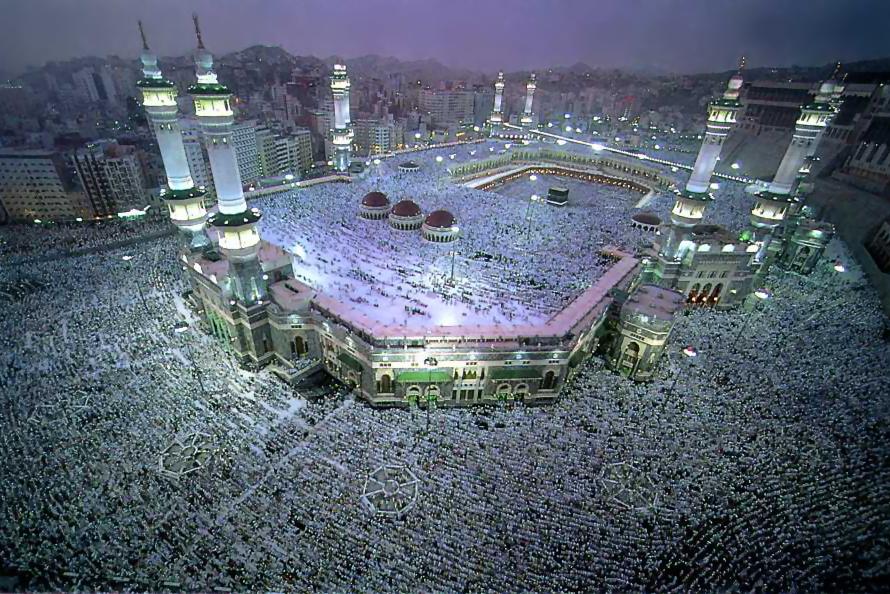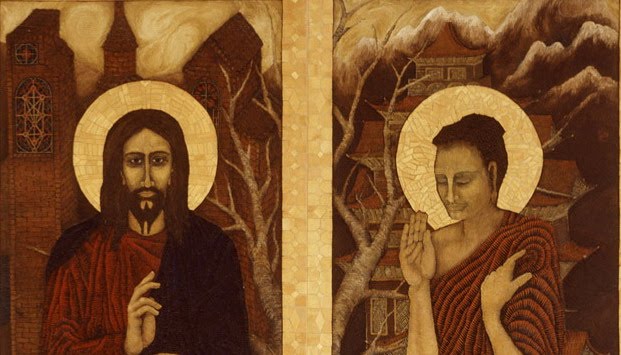Aristotle’s Ethics, Karma, and the Philosophy of the Good
Aristotle lived from 384 B.C.E. to 322 B.C.E. He is widely regarded as one of the best philosophers of all time; up there with Plato and Socrates of Ancient Greece. For the sake of riling you up, I’m going to say that Socrates was the best philosopher in all aspects except one; his hubris. Socrates … Read more








